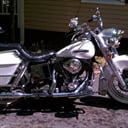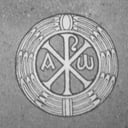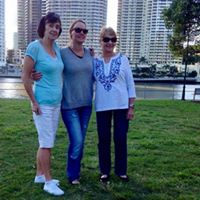An ottoman is a form of what?
An ottoman is a form of couch that usually has a head but no back, although sometimes it has neither. It may have square or semicircular ends, and as a rule it is what upholsterers call "overstuffed", meaning no wood is visible. It may be used as a stool, footstool or as an alternative to a sofa. Ottomans are often sold as coordinating furniture with armchairs or gliders. An ottoman can also be used as and called a "footstool", tuffet, hassock, or pouffe. "Ottoman" may also denote an upholstered seat without a back or arms, but one that usually serves as storage, with the seat hinged to form a lid.
The ottoman traces its roots to furnishing practices in the Ottoman Empire, where it was the central piece of residential seating, generally designed as a low wooden platform intended to be piled with cushions. It was first designed as sectional furniture that wrapped around three walls of a room, before evolving into smaller versions that fit into the corner of a room or circular padded seats surrounding a column or pole in a public room.
The ottoman was eventually brought to Europe from the Ottoman Empire in the late 18th century and named after its place of origin. The earliest known instance of the use of the name is ottomane in French in 1729, while the first known recorded use in English occurs in one of Thomas Jefferson's memorandum books from 1789.
More Info:
en.wikipedia.org













